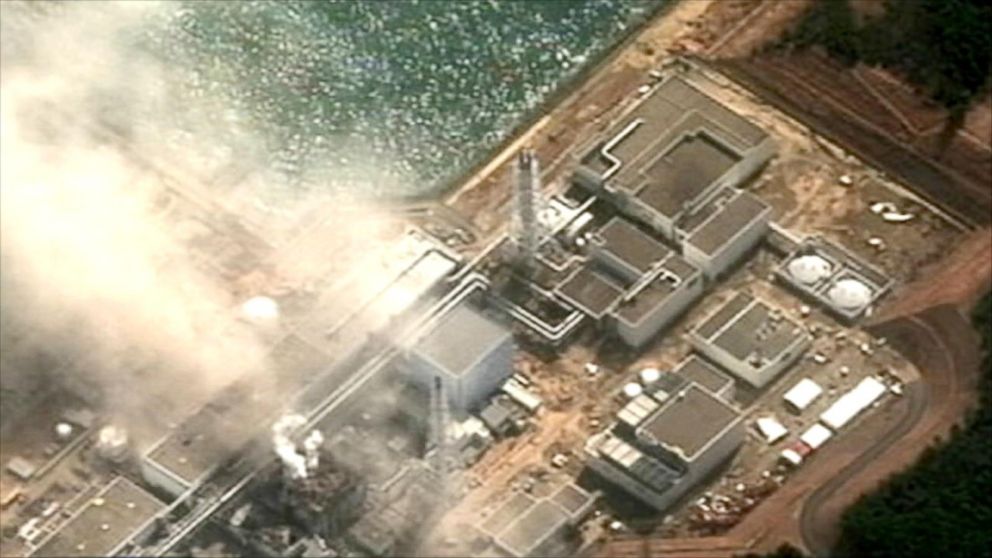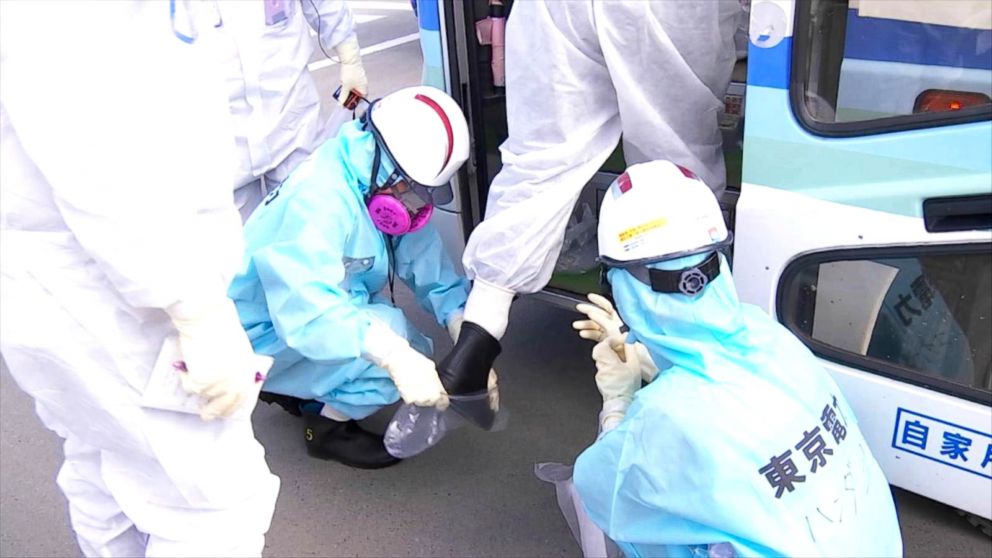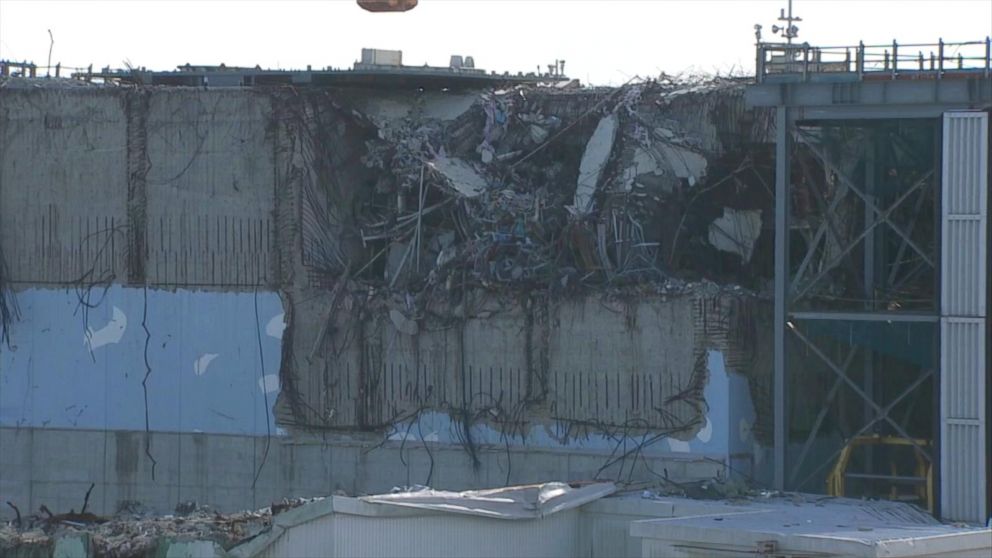Inside the Wrecked Fukushima Nuclear Reactor Facility 5 Years After Disaster
TEPCO recently conducted a press tour of the wrecked reactor facility.
— -- On March 11, 2011, a devastating earthquake and tsunami struck northeastern Japan, leaving nearly 19,000 people dead or missing. Coastal communities were turned into wastelands. Equipment at the Fukushima Daiichi nuclear power plant sustained damage from a 40-foot-high wave that crashed over the plant’s defensive sea wall. Three nuclear meltdowns occurred and the release of radioactive materials ensued, resulting in one of the biggest nuclear accidents in history.
Five years later, embattled plant operator Tokyo Electric Power (TEPCO) is still decontaminating the crippled plant, cleaning up the damage at Daiichi. The exact location and condition of the melted fuel remains unknown. TEPCO hosted a press tour on Feb. 10, allowing journalists to get a look at the wrecked reactor facility.
On the morning of the tour, attendees assembled 15 miles from Fukushima Daiichi at a soccer training center known as “J-Village.” TEPCO has used this facility as its staging area for dealing with the reactor cleanup. Many workers involved in the decontamination process assemble here and sleep in nearby hotels.
TEPCO only allowed one pre-approved television camera on the tour. Other members were only permitted in with identification, radiation dosimeter, voice recorders and writing materials. Members were loaded onto a bus and started out on the 15-mile trip to the plant.

The bus passed through the town of Naraha, where residents forced to evacuate in 2011 have been allowed to return to their homes. Evacuees from the next town, Tomioka, will be allowed to return in 2017, according to authorities. Bags containing irradiated debris lined the roads and dotted the landscape.
Closer to the plant, many of the buildings were in the same state they were in at the time of the disaster. Homes had collapsed roofs and broken windows. Makeshift boards propped up walls of quake-damaged structures. The area seemed as if an invisible enemy was occupying it.

Okuma, the town where Fukushima Daiichi nuclear power plant is located, was overgrown with weeds. Residents may not soon return here as the radioactive cesium that has collected in the foliage makes the area uninhabitable. No decontamination work has been done here. An official roadside monitor showed a radiation level of 3.371 microsieverts/hour. One chest X-ray delivers a dose of about 100 microsieverts.
In the final stretch of road leading to the plant, a TEPCO guide ordered filming stopped. After passing a sign that says “Welcome to the Fukushima Daiichi Nuclear Reactor” a dosimeter inside the bus jumped to 5.6 microseverts/hour.
The tour arrived at the plant at around 8:30 a.m. Trees were being cleared and a new building was under construction. All of the buildings had blank, windowless facades. Many workers were arriving at that time, too. Some 1,200 TEPCO staff and 7,000 contract workers are involved in plant decontamination. Most of the contract workers come from civil engineering and construction backgrounds. About 60 to 70 percent are Fukushima Prefecture residents.
Tour members passed through security, were given a whole-body radioactivity scan, then donned protective gear -- a hooded Tyvek suit, personal dosimeter, two pairs of socks, cotton gloves, two pairs of rubber gloves, a cap, hard hat, rubber boots and a dust mask.

The tour began and moved past large blue tanks that hold 750,000 metric tons of contaminated water. It’s mainly groundwater that flows into the reactor buildings where it then becomes irradiated. All of it must be pumped and stored. To deal with this issue, engineers have constructed a subterranean “ice wall” nearly a mile long around the reactor buildings. The wall is actually frozen soil that they say will keep groundwater out.
The tour then proceeded towards the reactor buildings. At a higher location that overlooks the site where the triple meltdown occurred five years ago, the radiation level exceeded 200 microsieverts/hour.
Buildings appeared bashed up, with exposed rebar and crumbling concrete. A crane could be seen removing debris from around one of the reactor’s spent fuel areas.
The cleanup, estimated to take 30 to 40 years, will come at an astounding cost. TEPCO estimates the price of technology involved, compensation to residents and the lost business will grow to tens of trillions of yen, over $100 billion.
At the end of the tour, Plant Chief Akira Ono met with the journalists. He thanked them for coming and said that the situation at the plant is “very stable.”
When asked about long-term worker sustainability in such a difficult environment, Ono said “TEPCO must provide for the safety of the workers, and create an environment that they will feel motivated to work in.”
Ono went on to say that removal of melted nuclear fuel debris is his main challenge. “At the moment, we do not fully understand the state that the debris is in.”
Ono also made a heartfelt request. “I don’t think the world knows the true situation at Fukushima Daiichi. So, please let your audience know what you’ve seen today.”



